|
2016 has been an interesting year for wildfire research. A couple of studies published this year have identified linkages between the increasing area burned by wildfire and increasing temperature. Leroy Westerling published a study where he looked at the increase in area burned by large wildfires over the period 1970-2012. He found that across the western US, area burned by large wildfires has increased by 556% over the 1983-1992 average (Figure 1 top). His analysis shows that increasing temperatures correlate with longer fire seasons. Average fire season length increased by 84 days between the first decade of his analysis (1973-1982) and the last decade (2003-2012) John Abatzoglou and Park Williams published a study where they looked at the relationship between fuel aridity and area burned in the western US. Fuel aridity is a measure of how dry the material in the forest is and the drier it is the more flammable it is. Their results show a strong relationship between this measure of dryness and area burned (Figure 1 bottom). Increasing temperature is also playing a role here and they attribute approximately half of the forest area burned by wildfire to human-caused climate change over the period 1984-2015. Fire suppression costs by year from the National Interagency Fire Center website show that from 1985 to 2015 we spent approximately $36.6 billion on fire suppression in 2015 dollars. While the year with the highest total fire suppression cost was 2015 ($2.13 billion), the year with the highest per acre suppression cost was 1998 ($455/acre, Figure 2). Area burned in any particular year explains about 51% of the variability in suppression costs. A number of factors account for the remainder of the variability in suppression cost, including proximity to developed areas. As an example, the 2016 Soberanes fire in southern California burned 132,127 acres and cost an estimated $260 million to suppress, that works out to $1967/acre. When we look at how decadal averages in suppression cost have change over time, the picture is similar to Leroy Westerling’s results (Figure 3). It is important to note that the first average suppression cost only covers the period 1985-1992 and the last average suppression cost bar is only for the years 2013-2015. The majority of the suppression expenditures are by the US Forest Service and in a 2015 report they showed that fire suppression accounted for 52% of their budget. Given that area burned by wildfire in the western US is increasing as the temperature goes up and suppression expenditures are on the rise, this really begs the question – how sustainable is our current relationship with fire?
0 Comments
The 2011 Las Conchas fire burned 156,593 ac (63,370 ha) on the east flank of the Jemez Mountains in northern New Mexico. While certainly not the largest fire in recent years, this particular fire burned through three areas previously impacted by wildfire. This New York Times article provides a good overview of the issues facing this particular landscape and many western landscapes in general. In the southwestern US, the area burned by wildfire has increased 1266% over the 1973-1982 average. A recent estimate suggests that climate change contributed an additional 10.3 million ac (4.2 million ha) of forest fire over the period from 1984-2015, meaning that in the absence of climate change we would have expected about 50% less burned area over that period. As a result, severely burned landscapes like the east flank of the Jemez Mountains are becoming more common. Increasing fire size and larger patches of severe fire, where the majority of trees are killed, create a challenge for reforestation. The first challenge is distance to mature trees that provide the seed for tree establishment. This challenge can be overcome by planting seedlings. However, trees modify the climate conditions at ground level. Under the canopy of a forest, the air temperature is cooler and the relative humidity is higher, making it a moister environment. These factors matter because hot, dry conditions can be lethal to seedlings. In a burned patch where all of the overstory trees have been killed, these microclimatic conditions may be too harsh for seedlings to establish. We are in the process of establishing an experiment funded by the Joint Fire Science Program to figure out how the post-fire environment influences the ability of planted seedlings to survive and grow. The post-Las Conchas fire landscape has a mix of shrub and grass cover. Our hypothesis is that shrub cover could create more favorable growing conditions for tree seedlings. To test this hypothesis, we constructed exclosures in shrub and non-shrub patches and are in the process of planting seedlings. We are instrumenting these sites with sensors that measure temperature and relative humidity at the height of the seedlings. We’ll link the temperature and humidity data with data collected at weather stations that we are deploying around the experiment. This will allow us to model how microclimate (ground level temperature and relative humidity) vary across the larger area and predict how these factors influence tree seedling survival and growth. Stay tuned for updates on this project.
The Earth Systems Ecology Lab is recruiting 1-2 PhD students to begin fall 2017. Current research topics in the lab include: understanding factors controlling post-wildfire tree establishment, quantifying the influence of changing climate and wildfire on tree species distributions and carbon dynamics, and quantifying the influence of forest management activities on forest carbon dynamics. Additional detail about ongoing projects can be found here. Student support will include some combination of teaching and research assistantships and only US citizens/legal residents will be considered.
If you are interested in being considered, send your CV, a one-page statement of research interests, unofficial transcripts, and unofficial GRE scores to [email protected]. Additional details about student expectations can be found here. Review will begin on 7 November. |
Details
Archives
October 2023
Categories
All
|
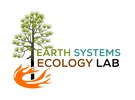
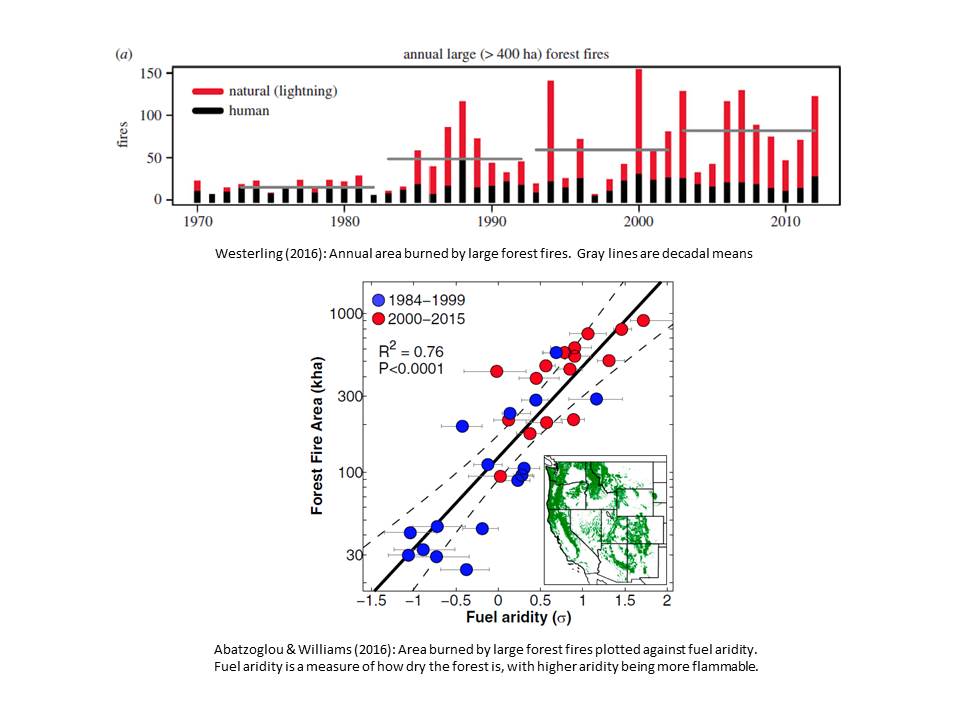
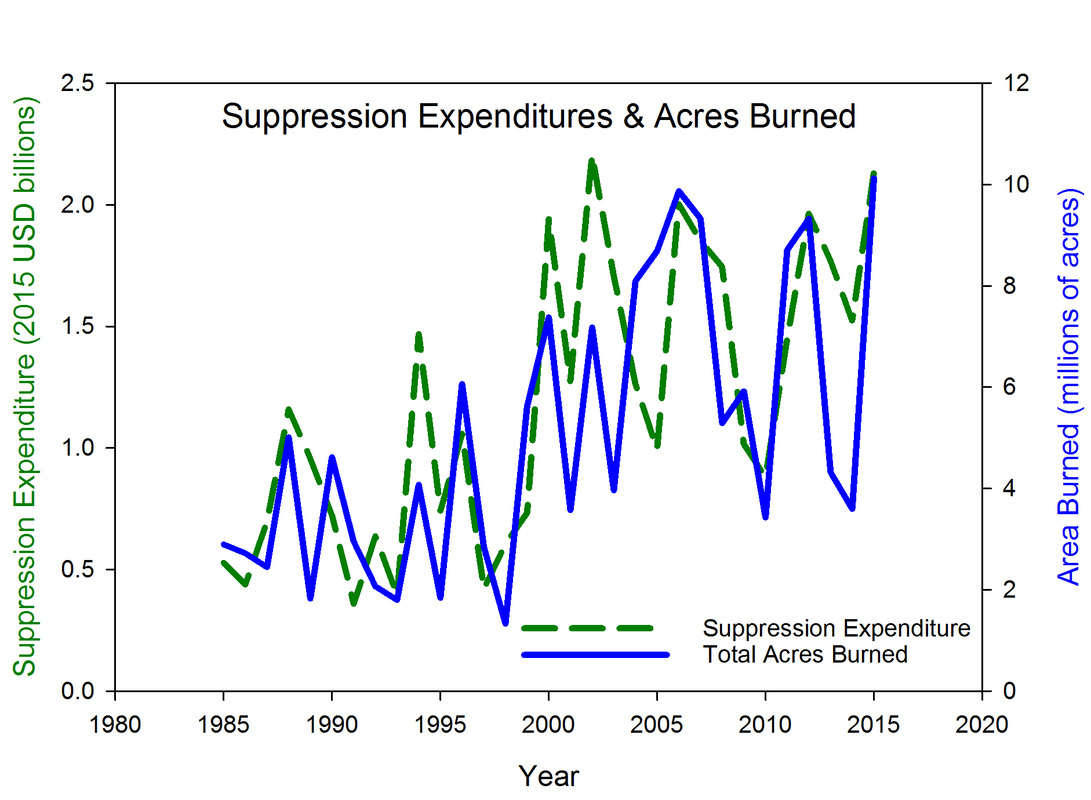
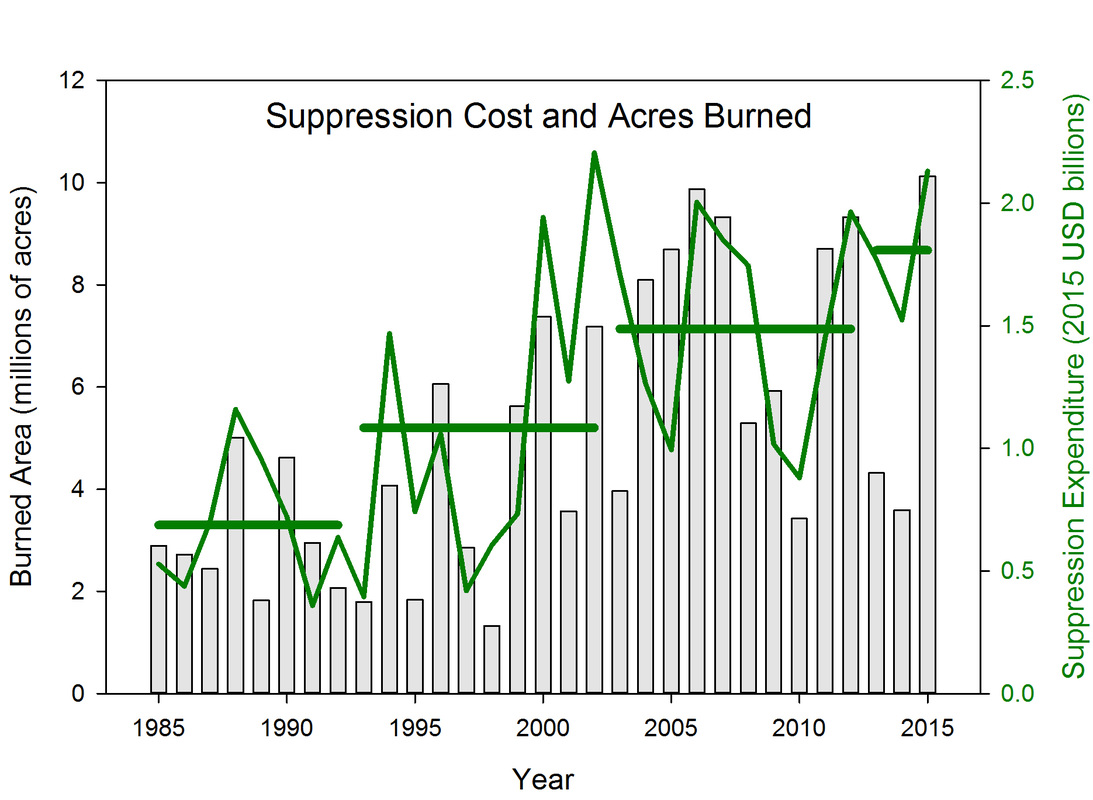

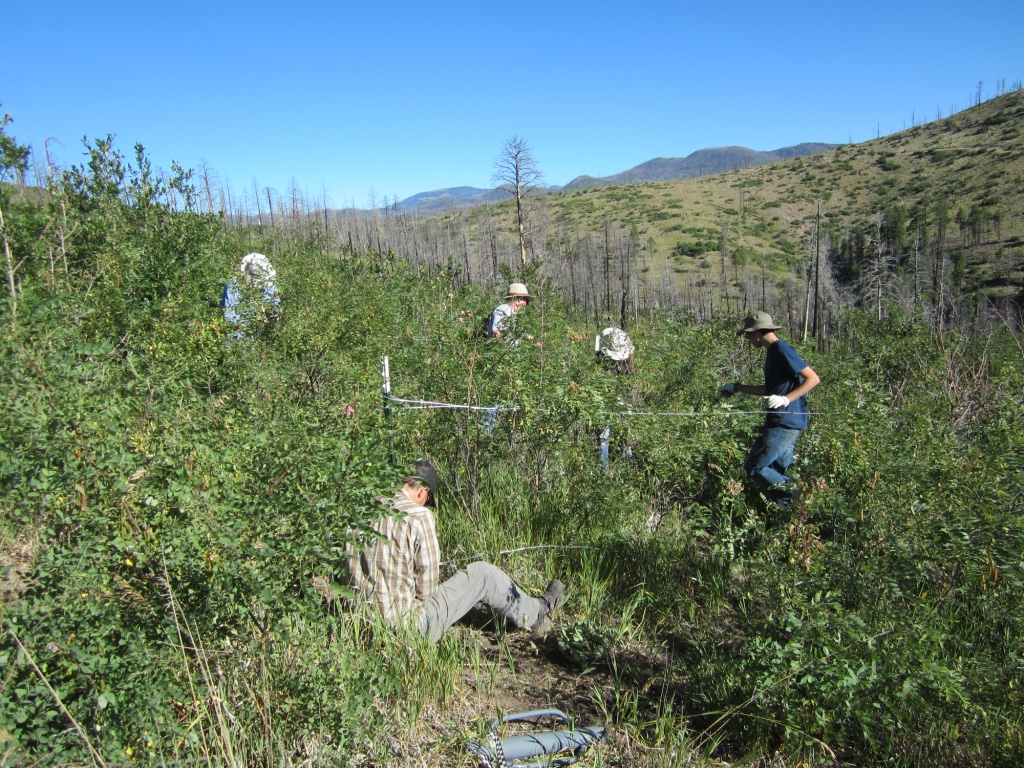
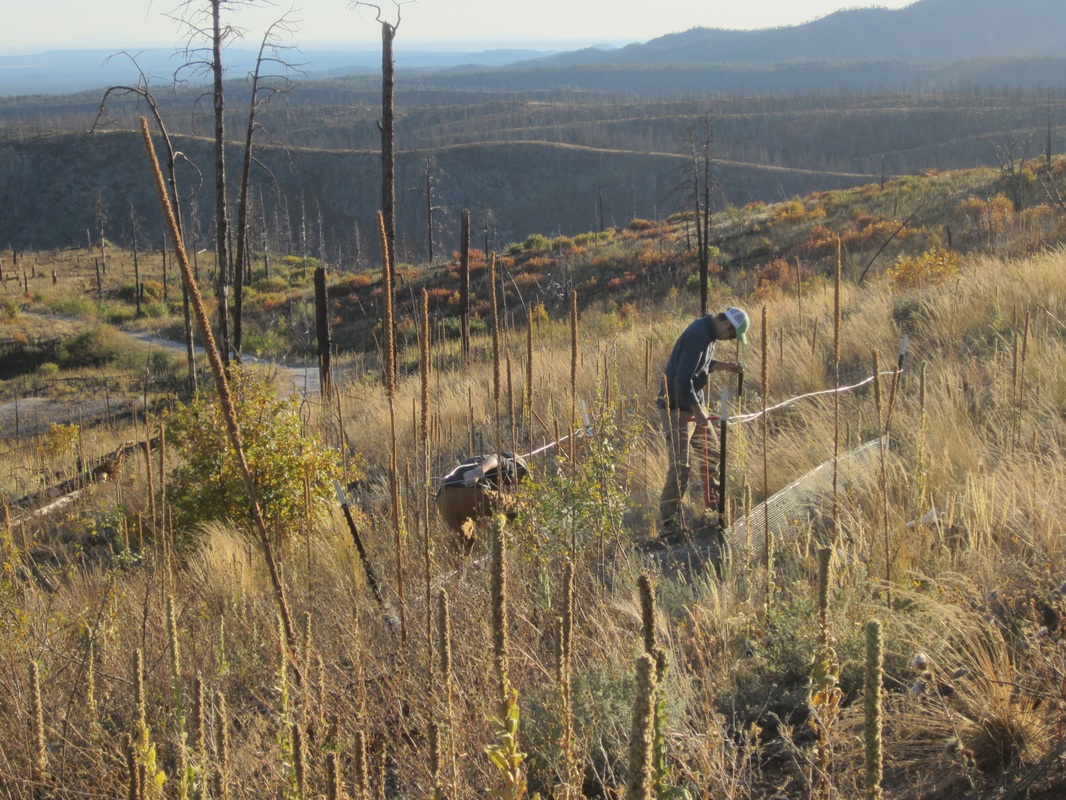
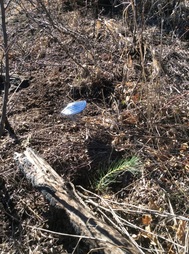
 RSS Feed
RSS Feed